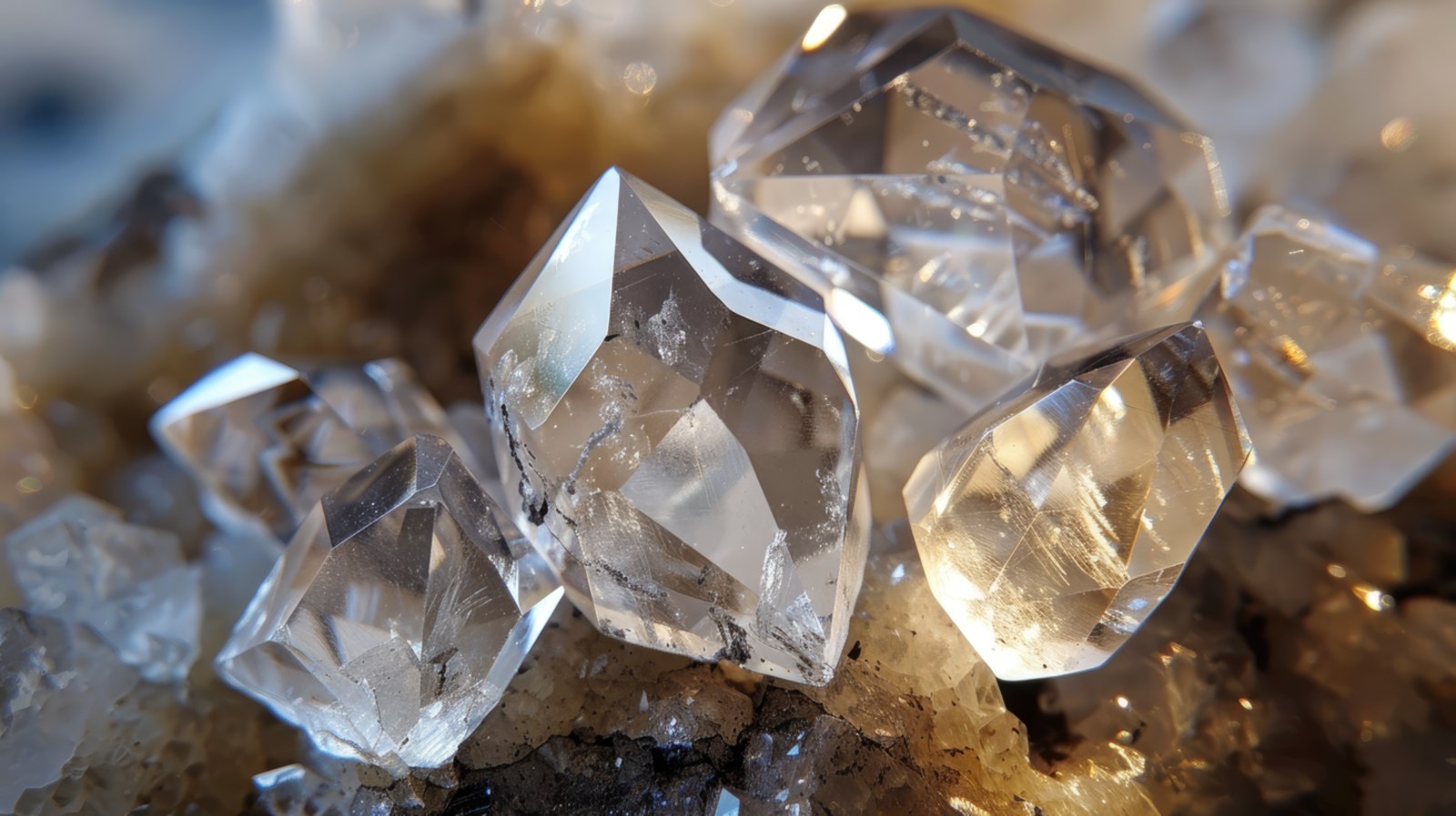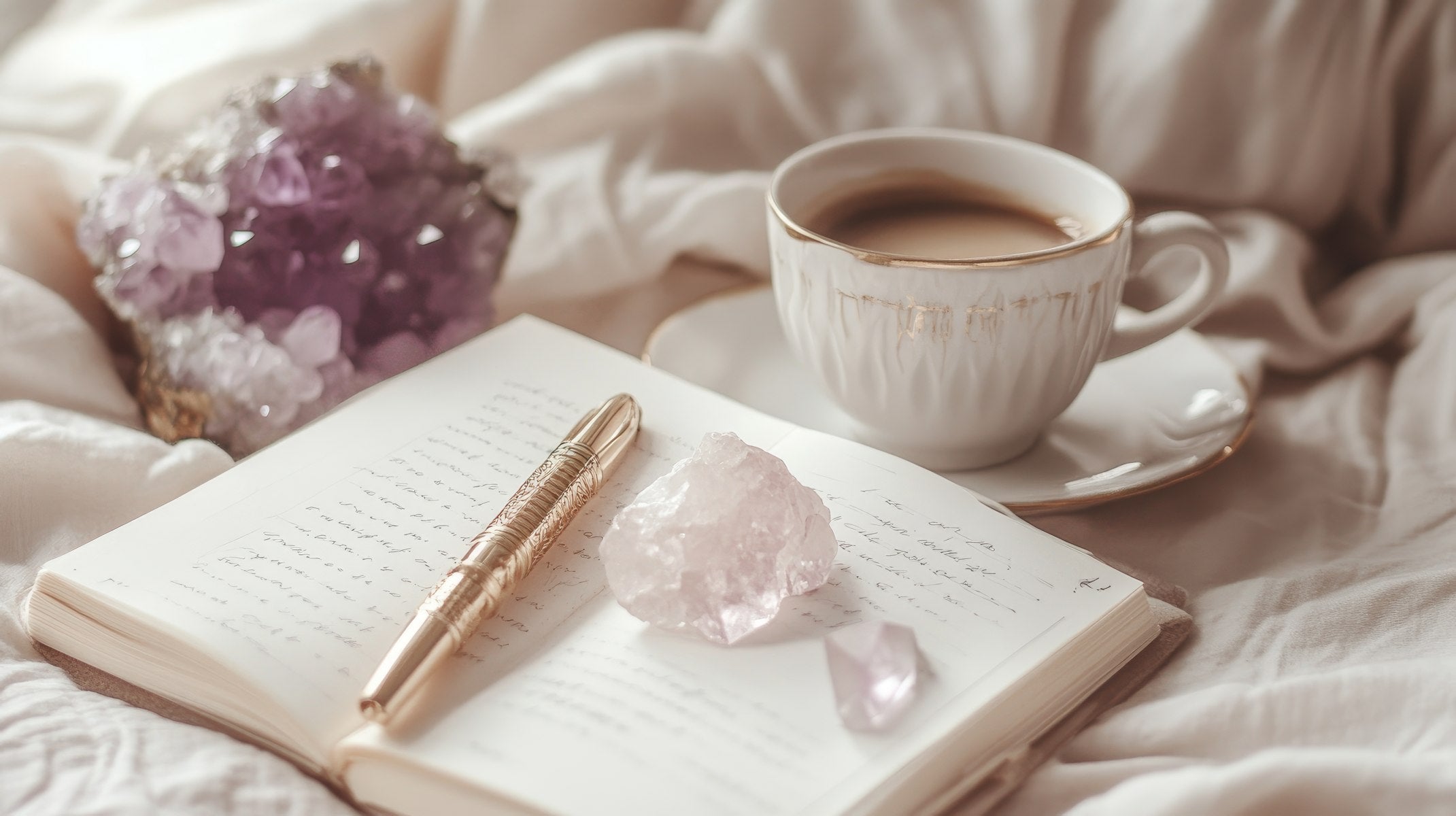
What Are the Metaphysical Properties of Petrified Wood?

About Petrified Wood
Petrified wood, which is essentially wood transformed into stone, is a type of fossilized vegetation. Over thousands of years, what were once tall, living trees have been replaced by hard minerals on a microscopic level.
Quick Summary
- Petrified wood is fossilized wood whose organic materials have transformed into stone while preserving beautiful patterns.
- Its metaphysical strengths include deep grounding, ancestral wisdom, inner stability, and creative endurance.
- Works energetically with the root and sacral chakras, supporting calm, patience, and releasing fear.
- Ideal for meditation, ancestral connection, grounding rituals, or simply holding for comfort during life transitions.
What Makes Petrified Wood So Unique?
Unlike typical plant fossils that leave impressions on stone, petrified wood appears as a combination of a tree log and a rock, remarkably preserved and often displaying a range of beautiful colors.
This remarkable transformation may seem magical, but it is entirely based on scientific processes. The organic matter from the deceased tree gradually gets replaced by various minerals, usually silicates like chalcedony or quartz, although rare gems like opal can also undergo this process. Interestingly, the tree's cell structure is retained, creating the intricate patterns and mosaics commonly found in pieces of petrified wood.
For petrification to occur, specific conditions must be met. It happens underground when wood falls into water that contains a significant concentration of volcanic ash or other sediment types. The absence of oxygen in this environment prevents bacteria or fungi from decomposing the organic material. Over time, the sediment saturates the wood, leading to petrification.
Physical Properties
Different elements contribute to variations in color within the wood. Pure quartz inclusions are transparent, while silicon dioxide inclusions appear white or grey. Green and blue shades come from copper, chromium, and cobalt. Dark and black stains are caused by carbon and manganese oxides, although manganese oxide can sometimes create yellow inclusions. Manganese itself tends to form pink or orange inclusions, while iron oxides create reddish and brown variations.
The beauty of petrified wood lies not only in its kaleidoscope of colors but also in the patterns preserved from the plant's tissues, such as tree rings.
Contrary to the perception that the mineralization of wood is rare, there are numerous petrified forests on nearly all continents.
Petrified wood has been utilized in various fields such as biology, paleontology, climate studies, and archaeology. Biologists study it to understand plant evolution and taxonomy. Paleontologists use it to support theories on continental drift and the age of rocks. Meteorologists use it to understand past climates and predict future weather trends. Archaeologists use it to identify specific cultures. For instance, weapons made of petrified wood found in Anyar (Myanmar) and Sung Noen (Thailand) led to the discovery of the Anyathian and Sung Noen cultures, respectively.
Thailand, in particular, has a rich history associated with petrified wood. In 1921, King Rama VI received petrified wood as a gift from loyal citizens during his visit to the Mun River. The king was moved by this gesture and requested the conservation of the petrified wood. Interestingly, Thai petrified wood often contains other precious gems like agate, carnelian, jasper, and opal.
If you're interested in observing natural petrified wood in the western part of the world, you can visit the Petrified Forest in Arizona, USA.
 Metaphysical Properties of Petrified Wood
Metaphysical Properties of Petrified Wood
Petrified wood possesses a wide range of metaphysical properties due to its unique composition and transformation process.
Grounding and Connection to Earth Energies
Petrified wood is strongly associated with earth energies, making it an excellent stone for grounding and connecting with the natural world. It helps establish a deep connection with the Earth, promoting stability, balance, and a sense of rootedness. Holding or meditating with petrified wood can help one feel more centered and connected to the present moment.
Root and Sacral Chakra Activation
The energy of petrified wood resonates with the root and sacral chakras, which are located at the base of the spine and the lower abdomen, respectively. By working with petrified wood, these energy centers can be stimulated, balanced, and aligned. This activation promotes feelings of security, stability, vitality, and creative inspiration.
Easing Stress and Fear
Petrified wood has a calming and soothing energy that can help alleviate anxiety, fear, and worries. It provides a sense of reassurance, helping to release stress and tension. By keeping a piece of petrified wood nearby, individuals can experience a greater sense of calmness and peace, allowing them to approach challenging situations with a clearer and more grounded mindset.
Enhancing Patience and Endurance
Petrified wood is a stone that teaches us the value of time and patience. It reminds us that great things in life often require perseverance and steady progress. By working with petrified wood, one can develop greater patience, endurance, and the ability to stay committed to long-term goals. It encourages a steady and consistent approach, helping individuals overcome obstacles and achieve success.
Connecting with Ancestral Wisdom
Petrified wood is believed to have a strong connection to ancestral energies and ancient wisdom. It can assist in accessing ancestral knowledge, allowing for a deeper understanding of one's heritage and cultural roots. By connecting with the wisdom of the past, petrified wood can offer valuable insights and guidance for navigating the present and shaping the future.
Frequently Asked Questions About Petrified Wood
1. Why is petrified wood such a grounding crystal?
Petrified wood is literally rooted in Earth—formed over thousands of years through transformation. It brings grounded energy, balance, and present-moment clarity, rooting you to Earth energies.
2. Which chakras does petrified wood support?
It resonates most strongly with the root and sacral chakras, helping enhance feelings of safety, stability, vitality, and steady creative flow.
3. Can petrified wood help with emotional calm and fear?
Yes—its gentle energy soothes anxiety, supports patience, and encourages steady endurance—even when challenges arise. Great for mindfulness, journaling, or self-care rituals.
4. How does it connect me to ancestral energy?
Petrified wood carries tender lineage wisdom—holding it can help you tap into family roots, cultural legacy, or personal ancestral narrative (perfect during Soulful, introspective moments).
5. How can I use it in my practice?
- Meditate while holding it.
- Place on an altar or work desk for grounded energy.
- Use it during breathwork or journaling to steady your mind and invite lineage insight.
Source: MooncatCrystals.com









